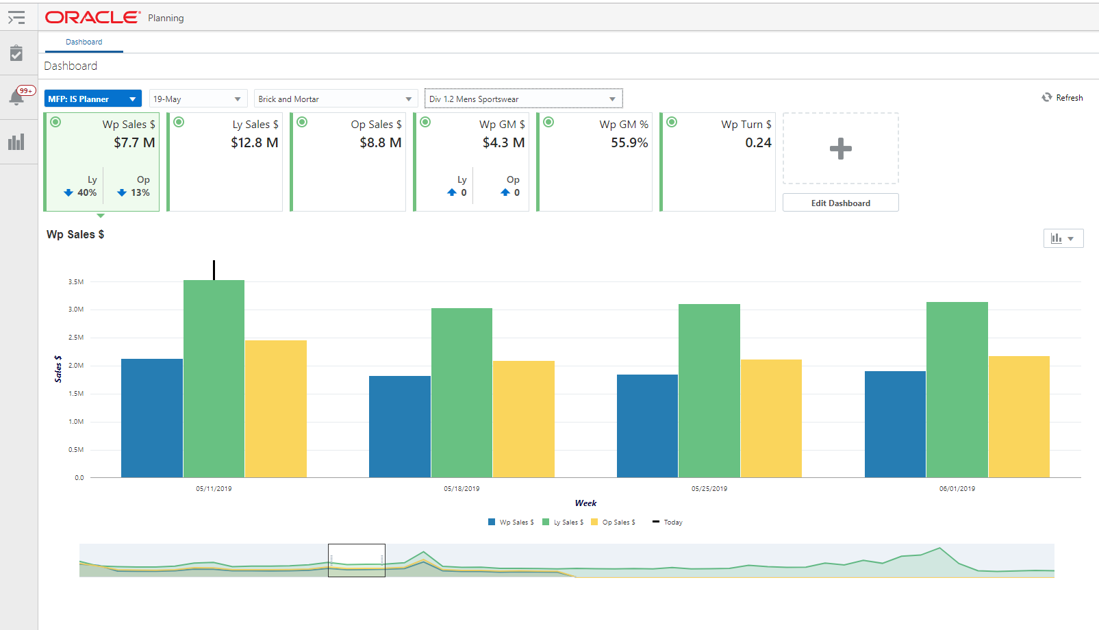
Migrating to the Cloud
It is no secret that most software solutions are now cloud based. If they are not yet, they either will be soon or they won’t exist. The RPAS technology made the move in 2017 to the cloud, and although on-prem versions are available, the cloud version is the future.
There are a countless number of retailers who have the on-premise version of this software, and they rightfully need to wonder if they should upgrade to the cloud version. It may not be for everyone, and there are some implementations that will be harder to migrate than others, but what we do know is that Oracle really wants their customers to upgrade and have been creative with converting existing, on-premise licenses to cloud licenses. This may not be the case for long, as they continue to increase the number of clients on this new platform.
We have done both migrations to the cloud and fresh installs. The migration process is less painful than you would think. Here are a few things to consider when trying to understand what the process could look like for you:
- Be up front about when you want the solution live for the users. Back track to align licensing, provisioning, configuration and deployment.
- Some solutions migrations can be accelerated. Merchandise Financial Planning, for example, will likely be faster than Assortment Planning because of the new capabilities that are delivered with the platform to make Assortment Planning easier to use.
- The cloud version of the solution has a new user interface (called the Jet UI), which is really nice and current. We will blog about that soon.
- The batch architecture is quite simple. There is a scheduling tool with the cloud version, and as long as you don’t have any special processes, all you need to do is deliver the files to an SFTP site.
- Oracle requires clients on the cloud to continually update the platform, only allowing them to be a few months behind at most (this is a good thing).
- You no longer need hardware to support the solution, although there is still support needed for the solution. Oracle will support keeping the system running, but if there are issues with the configuration, that is your responsibility.
- Make sure you have done your work with your network. There are fairly easy tests that you can run to see how quickly you can connect to the Oracle cloud.
The bottom line is that by moving to the cloud, you are eliminating the responsibility and efforts needed for the upgrade and maintenance of your hardware and servers. This is a tremendous benefit. Most clients fail to upgrade their RPAS solution, and find themselves at a point where the solution is not supported and it is costly to upgrade. Total cost of ownership should be similar, but the headaches should be significantly less, allowing retailers to focus on being retailers.


